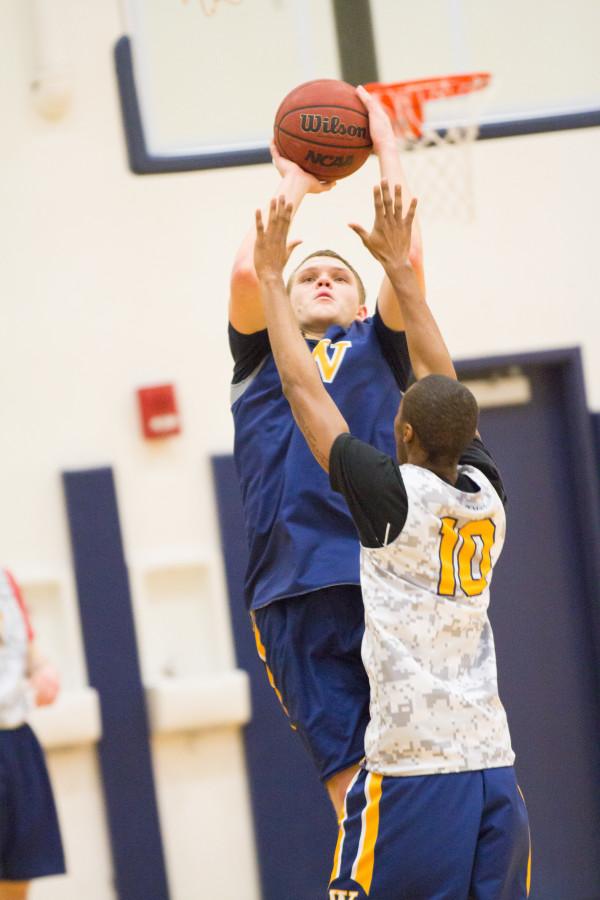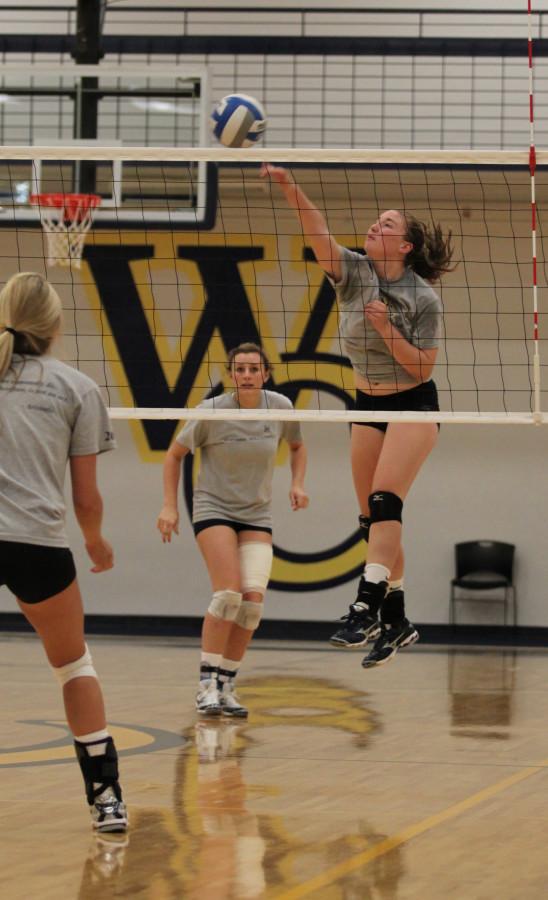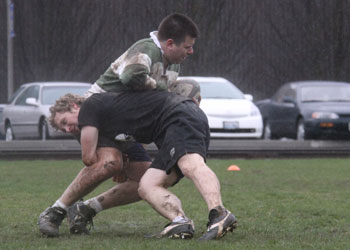
With spring at last sprung and the end of the school year looming on the horizon, next year’s fall varsity sports season may seem a long way ahead.
But for varsity athletes, the fall is already quickly approaching. “Next year” is about to become “now”: and it is at this time that preparation becomes critical.
And in the next few months, summer vacation will provide an important training period for fall sport student athletes. On top of any other plans for working or internships, they will dedicate time to keeping in shape nearly every day of every week.
Some work by themselves, others with teammates; they train here in Walla Walla and in hometowns across the country. But wherever they will be, student athletes recognize the significance of their efforts in the next few months: not to mention the personal initiative required without a coach to motivate them.
“There are expectations for what you’re going to do,” said sophomore Cooper Crosby, a member of the men’s varsity soccer team. “It will be up to people on the team.”
And what they are going to do includes much more than just playing their sport. Crosby is one of several men’s soccer players who will live in Walla Walla this summer. Along with his intention to play soccer most every day, he plans to perform a number of conditioning and strength workouts to improve his general fitness.
“We’ll have a conditioning program, with running four to five days a week,” Crosby said. “It will pick up speed as the summer goes on, getting harder at the end.”
Junior women’s soccer captain Corina Gabbert also addressed training aspects beyond playing the sport itself.
“Summer training is usually a mix of a lot of running, lifting and playing soccer when you can,” Gabbert wrote in an e-mail. “The days that I’m not playing soccer I do some kind of running workout, which can vary from track workouts to sprints to long distance. Three times a week I try to go to the gym and do some kind of lifting.”
Gabbert, who will spend the summer at home in Portland, Ore., mentioned that she primarily trains on her own, working out with another person occasionally.
Junior cross country runner Curtis Reid, on the other hand, much prefers having partners with whom he can train.
“I try to run with teammates as much as possible,” said Reid, who, like Crosby, will remain in Walla Walla this summer. “Training runs are more enjoyable when you have a teammate with you.”
According to Reid, the cross country summer training itinerary includes six days of running each week. These daily runs average about eight miles at the beginning of the summer, and move up to 12 or 13 by its end. In addition, runners will practice short intervals (one mile) at a fast pace, lift weights or “cross train” by riding a bicycle.
While this schedule may sound intense to the average person, the efforts these athletes put in over their summers serves only as the foundation for practices in the fall.
As Reid put it, “The goal of the summer training is to prepare to train even harder during the season.”





